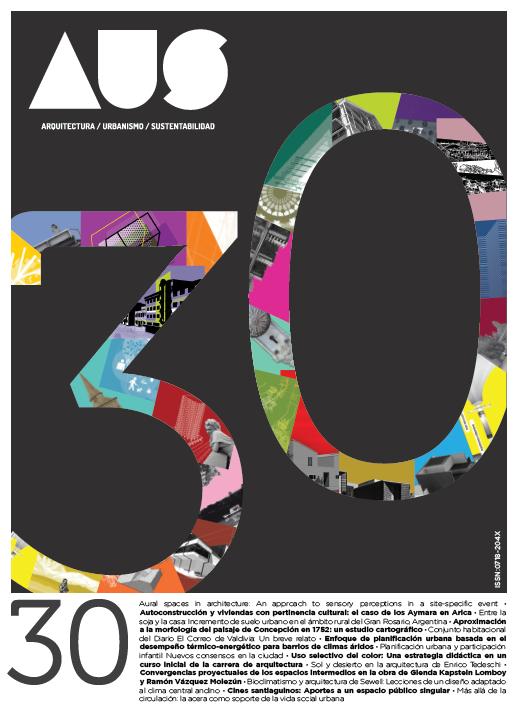Housing complex of the newspaper El Correo de Valdivia: A brief urban story
Main Article Content
Abstract
In the construction of the workers’ housing complexes, the State and the private sector devised a way of providing housing to the Chilean working-class sector. This method has been impossible to reproduce at present in terms of spatial quality. The long-term effects of this relationship can still be observed. The work takes place in Los Barrios Bajos, one of the many industrial neighborhoods in the city of Valdivia, Chile, and its goal is to discuss the elements that give the complex its spatial quality, putting it into a historical and discursive context typical of the time. One of the results of this research reveals that the working-class housing complexes, despite not being a mass housing production, were built considering aspects not only related to individual housing, but also to the overall scheme, including public space, so as to address the hygienist criteria of the time.

